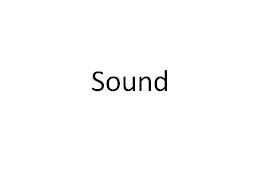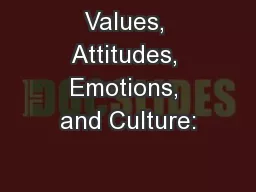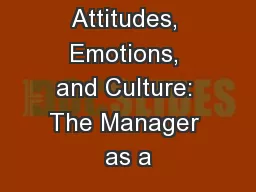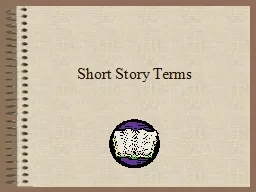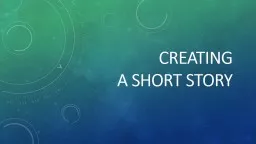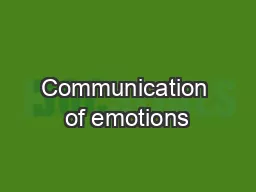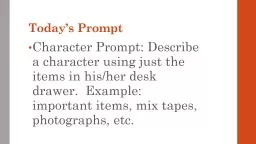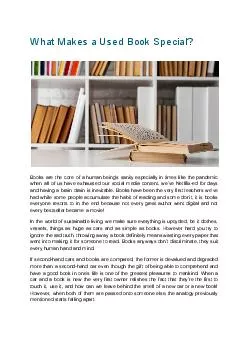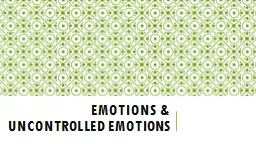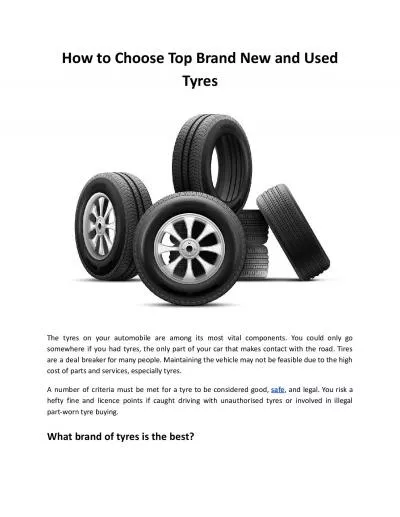PPT-Sound Sound can be used to communicate story, character development, moods and emotions.
Author : stefany-barnette | Published Date : 2018-03-17
When discussing sound several categories can be included Diegetic sound Non diegetic sound Dialogue Voiceover Music Special effects Silence Sound motifsthemes Two
Presentation Embed Code
Download Presentation
Download Presentation The PPT/PDF document "Sound Sound can be used to communicate s..." is the property of its rightful owner. Permission is granted to download and print the materials on this website for personal, non-commercial use only, and to display it on your personal computer provided you do not modify the materials and that you retain all copyright notices contained in the materials. By downloading content from our website, you accept the terms of this agreement.
Sound Sound can be used to communicate story, character development, moods and emotions.: Transcript
Download Rules Of Document
"Sound Sound can be used to communicate story, character development, moods and emotions."The content belongs to its owner. You may download and print it for personal use, without modification, and keep all copyright notices. By downloading, you agree to these terms.
Related Documents

